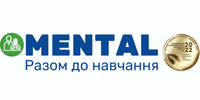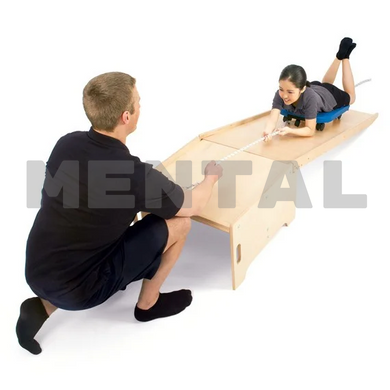|
Quantity
|
Out of stock
|
||
|
|
|||
Children, as a rule, lie on the board on their stomachs, going down the slide, supporting their chest and legs on the weight and thus resisting the action of gravity. Skateboarding is both a challenge and a pleasure.
It is in the position of lying on the stomach that usually developing babies develop postural and motor responses that will later be needed for walking, maintaining a standing posture, and other sensorimotor activities. When a baby at the age of 4-6 months, lying on his stomach, holds his head and legs in the air, he takes an important step in the development of sensory integration. This ability to be in the "flying" position without much effort serves as one of the criteria for the efficiency of the vestibular system.
The prone position stimulates certain gravity receptors. The child of the connection accelerates down the ramp to the floor - and a whole volley of vestibular signals is sent to many parts of his nervous system. This "burst" of signals activates reflexes that were not developed in the past. They keep the head and legs in the air, creating resistance to gravity. Neck muscle contractions and eye movements following events send proprioceptive signals to the brainstem, where they interact with vestibular signals. The integration of these sensory flows significantly helps the eye muscles and facilitates visual perception.
The signals described above are especially important for regulating sensory and motor processes in the brain stem. The trunk provides us with significant information about the relationship between the body and space. This includes determining the position of an object or sound in relation to us: this allows us to coordinate actions taking into account sensory information. Auditory and visual processes will not develop in the hemispheres of the brain if they, having no connection with sensations from the body and the action of gravity, did not develop well in the brain stem. When skateboarding, all parts of the body participate in the movement, which, combined with sensory signals and their temporal arrangement, lays a solid foundation for brain processes such as reading and speech. Complex movements are also associated with the work of hands and fingers, for example, when writing or using tools.
A child with adequate sensory integration controls the skateboard accurately and without much effort, because the sensations help him to keep the body extended. On the contrary, with an insufficiently active vestibular system, the head tilts down, and the legs drag on the floor. In this case, riding a board requires a lot of effort, and the child gets tired quickly - just like he gets tired learning a lesson with great difficulty. A child with a very active vestibular system may have a fear of skating. And it is not easy for children with dyspraxia to "pull" themselves onto the board and hold on to it.
Skateboarding generates sensory signals and motor responses that do not occur if the child is just standing or sitting. In the world of organizing sensations and forming responses, the brain learns to adjust sensory activity and creates a more accurate image of the body. If you ride a skateboard only sporadically, it will not contribute much to the elimination of problems in the nervous system, but, fortunately, it is such an exciting ride. It will take a lot of work before the nerve connections between the vestibular system and those areas of the brain that need its information will be strengthened, and the excitatory and inhibitory forces acting through these connections will be reorganized.
When, finally, going down the ramp is mastered and no longer evokes the former excitement, we offer the child a new task that requires more complex sensory integration and adaptive responses that include movement planning. So, the therapist can build a tunnel through which you need to ride on a roller board, or hang a ball from the ceiling on a long rope - while passing under it, you need to touch it. Only one vision is not enough to perform such exercises: riding a board generates vestibular signals, and smell helps the child to form a perceptual image of tunnels and balls in their relationship with their own body.









